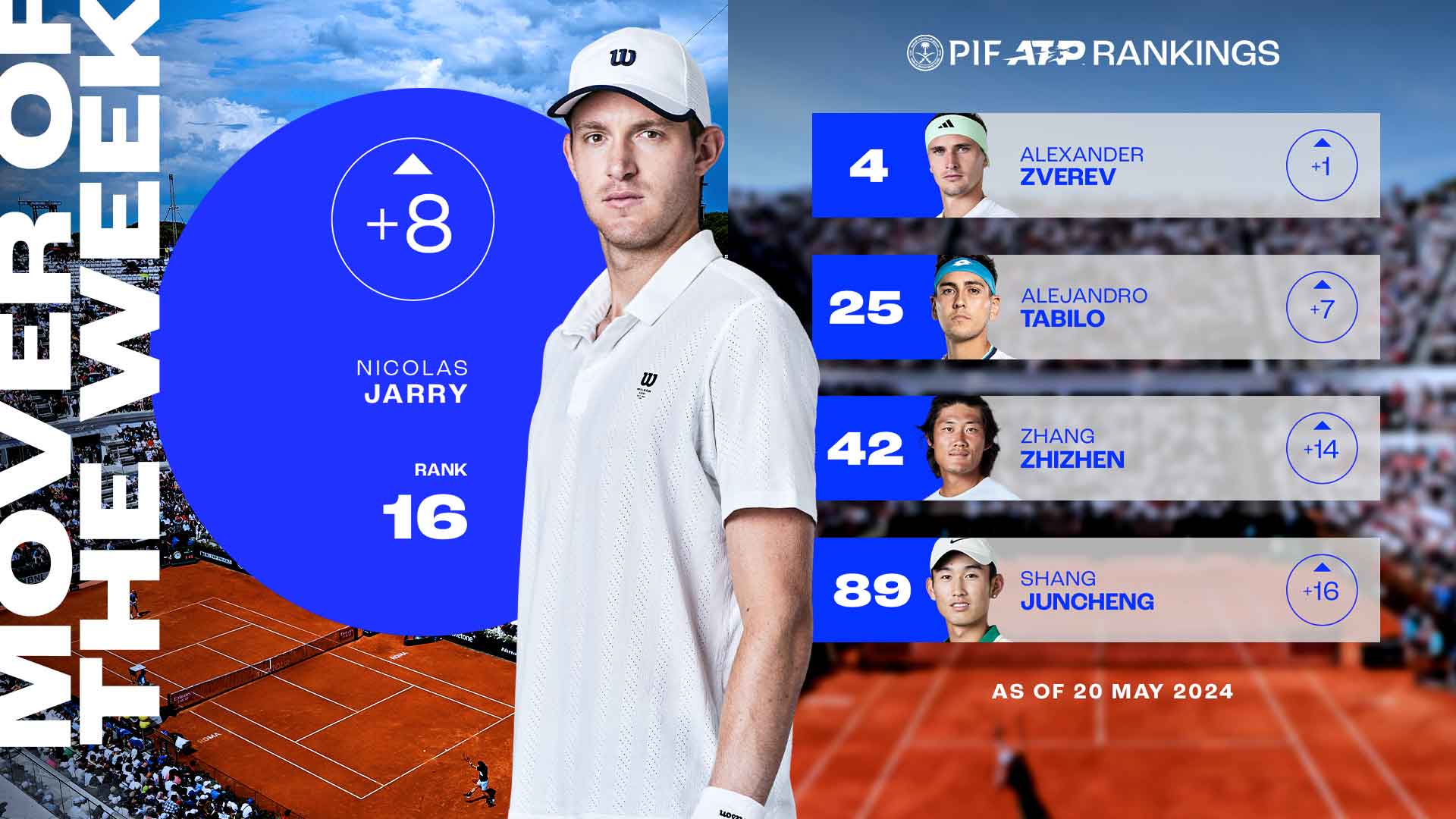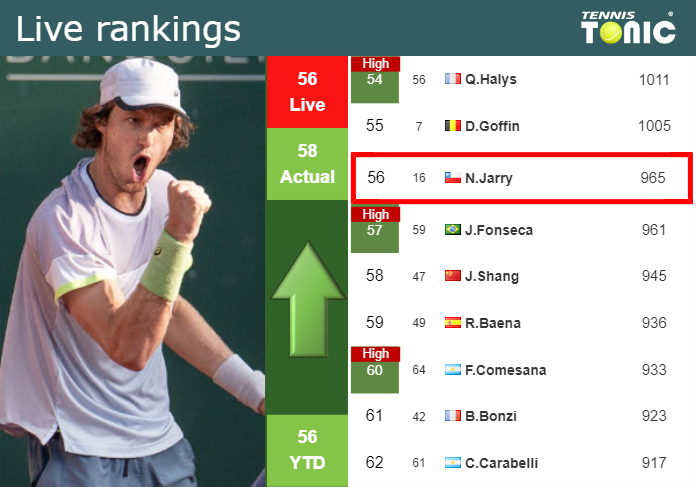Alright, let’s talk about my “jarry tennis” project. It wasn’t some grand, meticulously planned thing, more like a weekend tinkering session that spiraled into something kinda fun. I’m no pro developer, just a guy who likes to mess around with tech, so keep that in mind.

The Idea Sparked
So, it started with a random thought: “Could I make a simple tennis game using, like, basic stuff?” I’d been messing around with some simple game development libraries before, and I figured, why not give it a shot? I wasn’t aiming for photorealistic graphics or Wimbledon-level gameplay, just something playable and, you know, kinda janky.
Getting My Hands Dirty
- Choosing the weapon: I decided to use a pretty straightforward library to make it easier to put on my computer. I wanted to choose something easier to learn at first.
- Setting up the basic game window: This was the first hurdle. I had to create the window, set the dimensions, and get a basic loop running. Think of it like setting up the tennis court, but on your computer screen.
- Drawing the objects: Next up, drawing the court, the net, the paddles, and the ball. I started with simple rectangles and circles. No fancy 3D models here! It was all very retro and blocky.
- Adding player controls: Getting the paddles to move was the next challenge. I used the arrow keys for one player and the “W” and “S” keys for the other. Pretty standard stuff.
- Ball physics(kind of): Here’s where things got a little more interesting. I had to simulate the ball’s movement and bounce. I kept it super simple, just changing the ball’s direction when it hit a paddle or the top/bottom of the screen. No spin, no fancy trajectories, just basic bouncing.
The (Many) Challenges
Oh man, there were so many! Here are a few:

- Paddle collision: Getting the ball to bounce realistically off the paddles took some fiddling. I had to make sure the collision detection was accurate and that the ball changed direction correctly based on where it hit the paddle.
- Scoring system: I wanted to keep track of the score. This meant adding some logic to detect when the ball went past a paddle and incrementing the score accordingly.
- Making it “playable”: The biggest challenge was making the game somewhat playable. The initial version was clunky and unresponsive. I had to tweak the paddle speed, ball speed, and collision detection to get something that felt reasonably fun.
The Result: Jarry Tennis!
After a weekend of coding, debugging, and a lot of coffee, I had something that resembled a tennis game. I called it “jarry tennis” because, well, it was my janky attempt at tennis.
It wasn’t perfect, not by a long shot. But it was playable. Here’s what it looked like:
- A simple black background.
- White rectangles for the paddles.
- A white circle for the ball.
- A dotted line for the net.
- Basic text showing the score.
What I Learned
This little project was a great learning experience. I learned a lot about:

- Basic game development concepts
- Collision detection
- Simple physics simulation
- The importance of tweaking parameters to get the right feel
Would I Do It Again?
Absolutely! It was a fun and challenging project. I’m already thinking about ways to improve it, maybe add some AI for a single-player mode or improve the graphics. Who knows? Maybe “jarry tennis 2.0” is in the works!.






